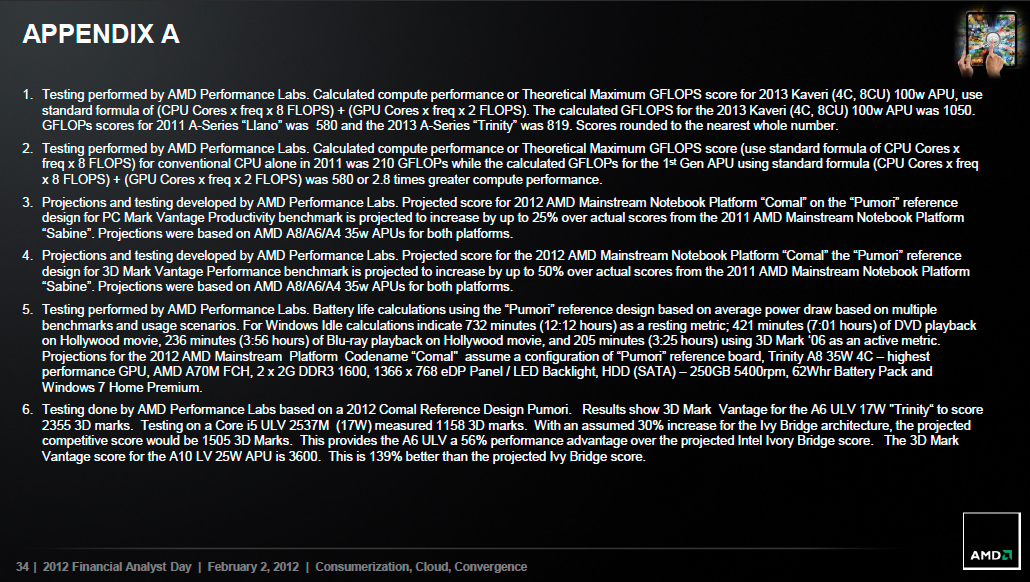I guess I still don't see it. The radically-altered Pentium they showed, when running at "NTV levels", was ridiculously low performance. I guess you might argue that a metric ton of these processors, all simultaneously running in a Beowulf cluster (LOL) might be able to pump out a few TF, but the supporting power for connecting that many chips would be insane
I guess conceptual problem I'm having is this: NTV provides far lower-powered X86 processing. I agree that it indeed significantly increases flops/watt per chip, but only when operated at very, VERY low power (and thus, in absolute terms, low performance) modes. Hell, the Atom does better than any of the Core architecture for flops/watt, but I don't (yet) see anyone making supercomputers out of them. If we wanted a race to ultimate flops/watt, we'll be doing custom SoC stuff.
THoughts?
True. And you are pointing at a couple of issues yourself - power draw of memory and communication will remain unchanged per FLOP. Even in the pure bragging rights parts of the HPC market, this kind of solution makes even less sense than putting a bunch of GPUs in a cabinet (*cough*).
But on the other hand thinking machines actually produced a couple of 2^16 processor (single-bit) computers back in the day, so it's not as if systems have to make much sense from a production point of view to be produced in a research environment.

